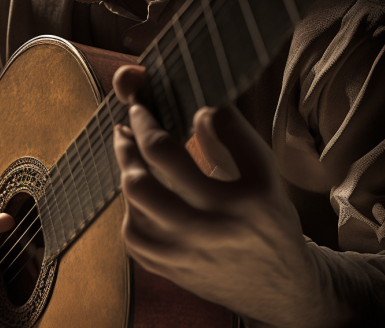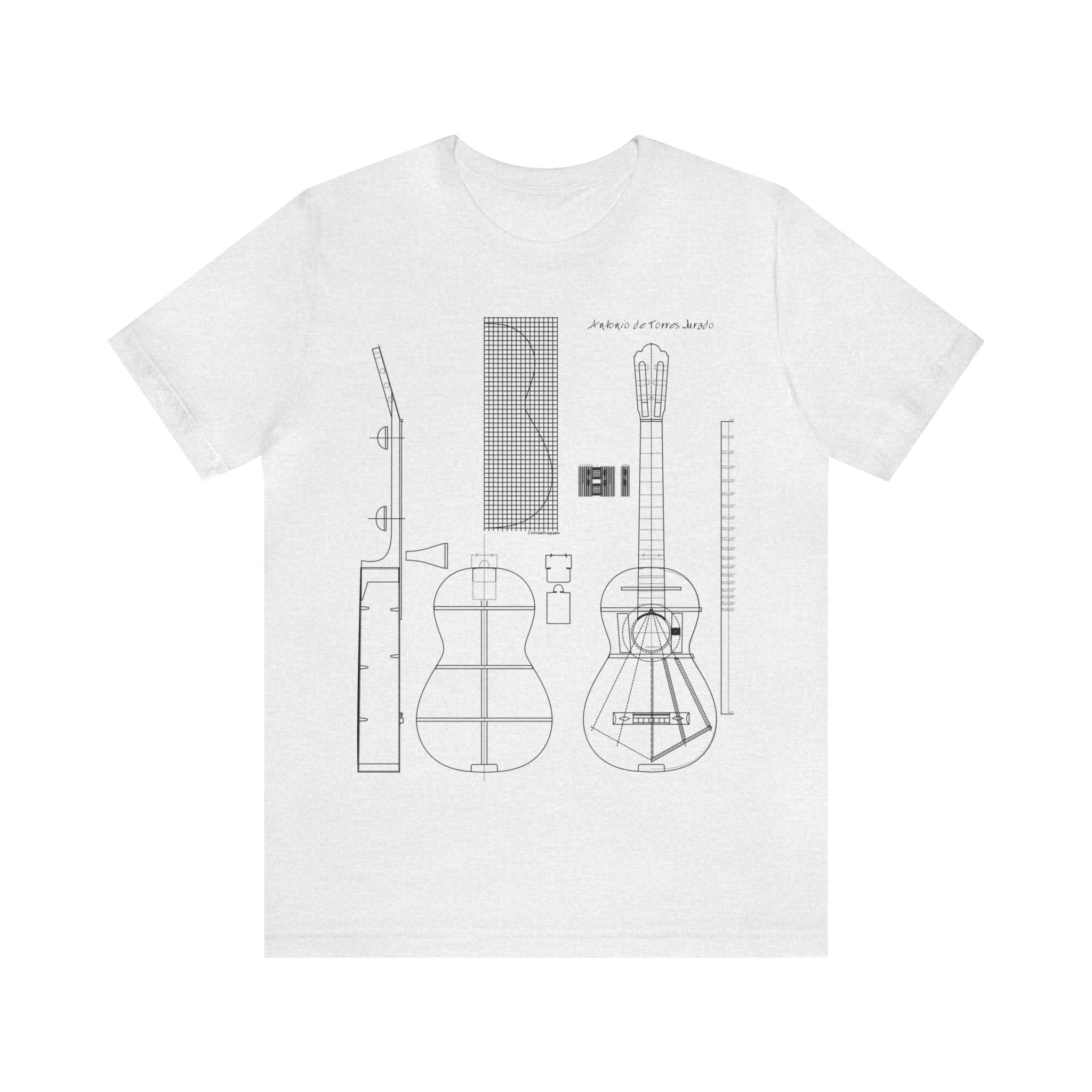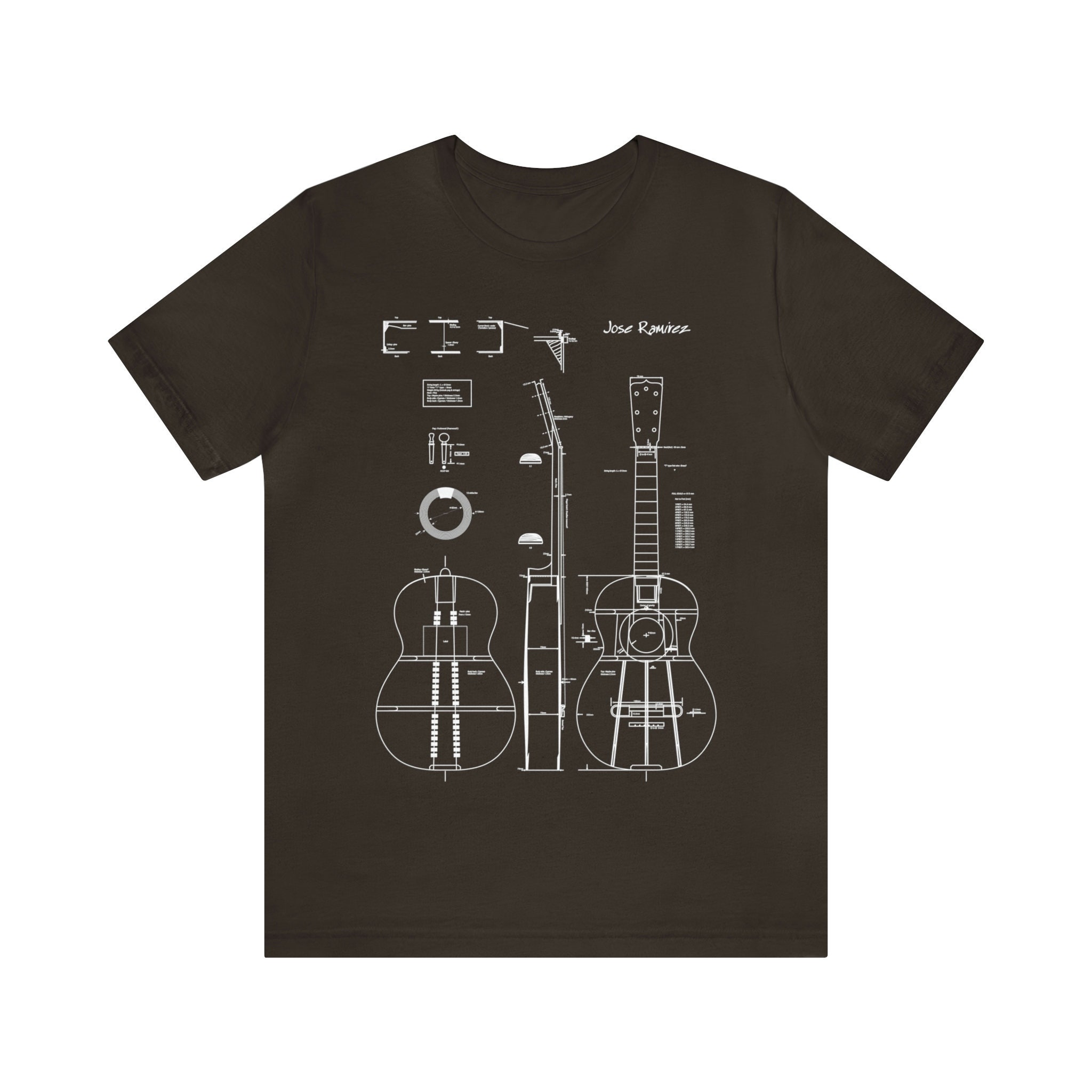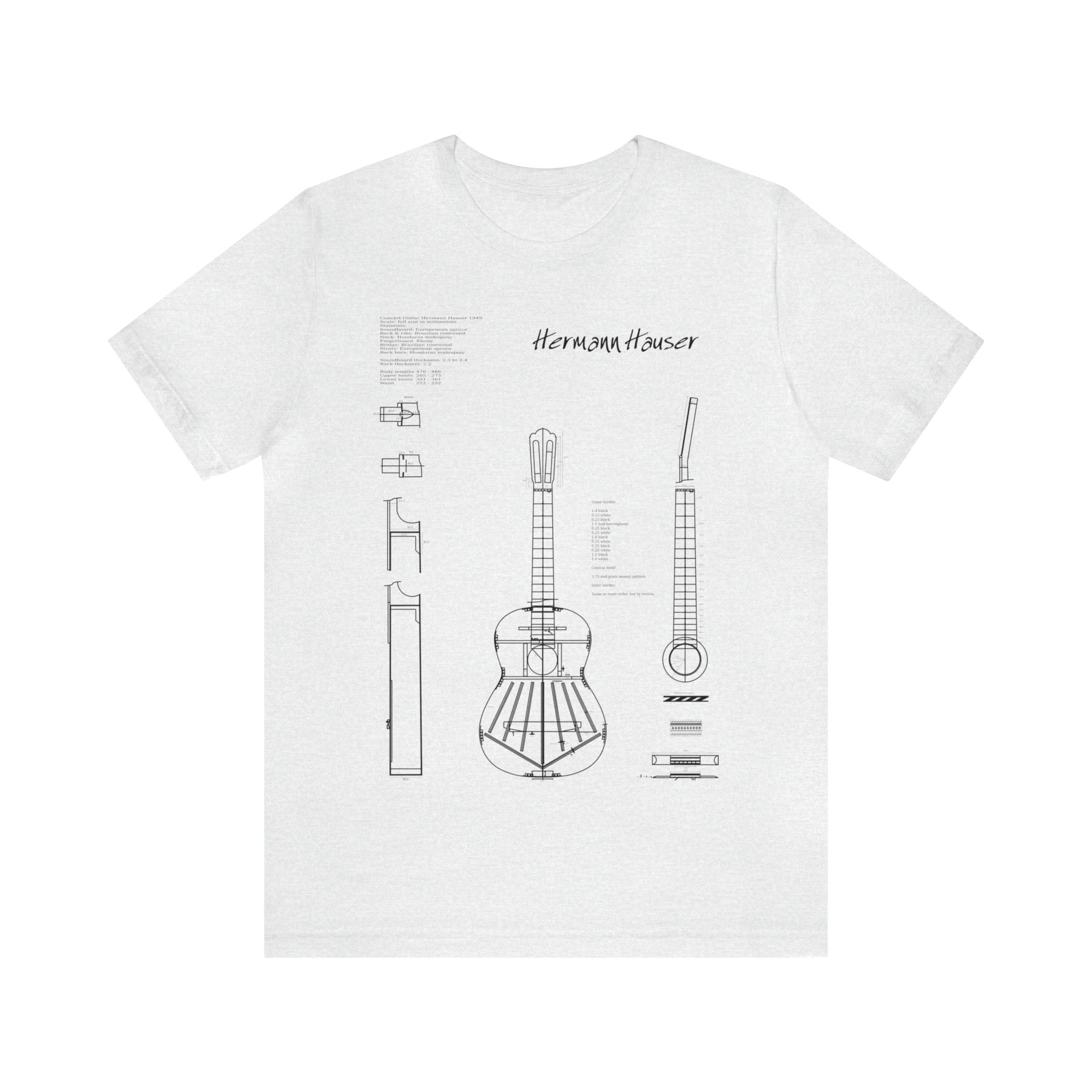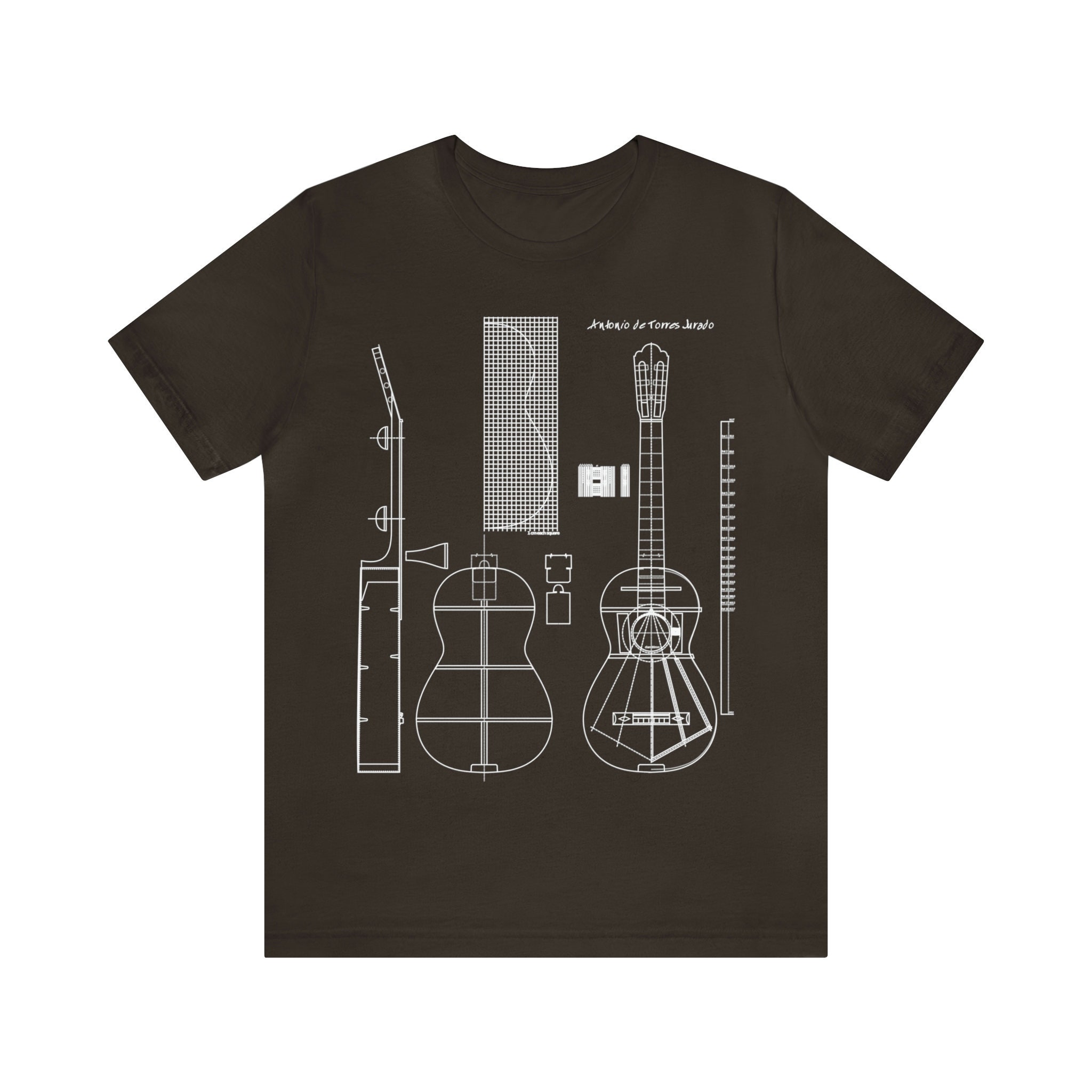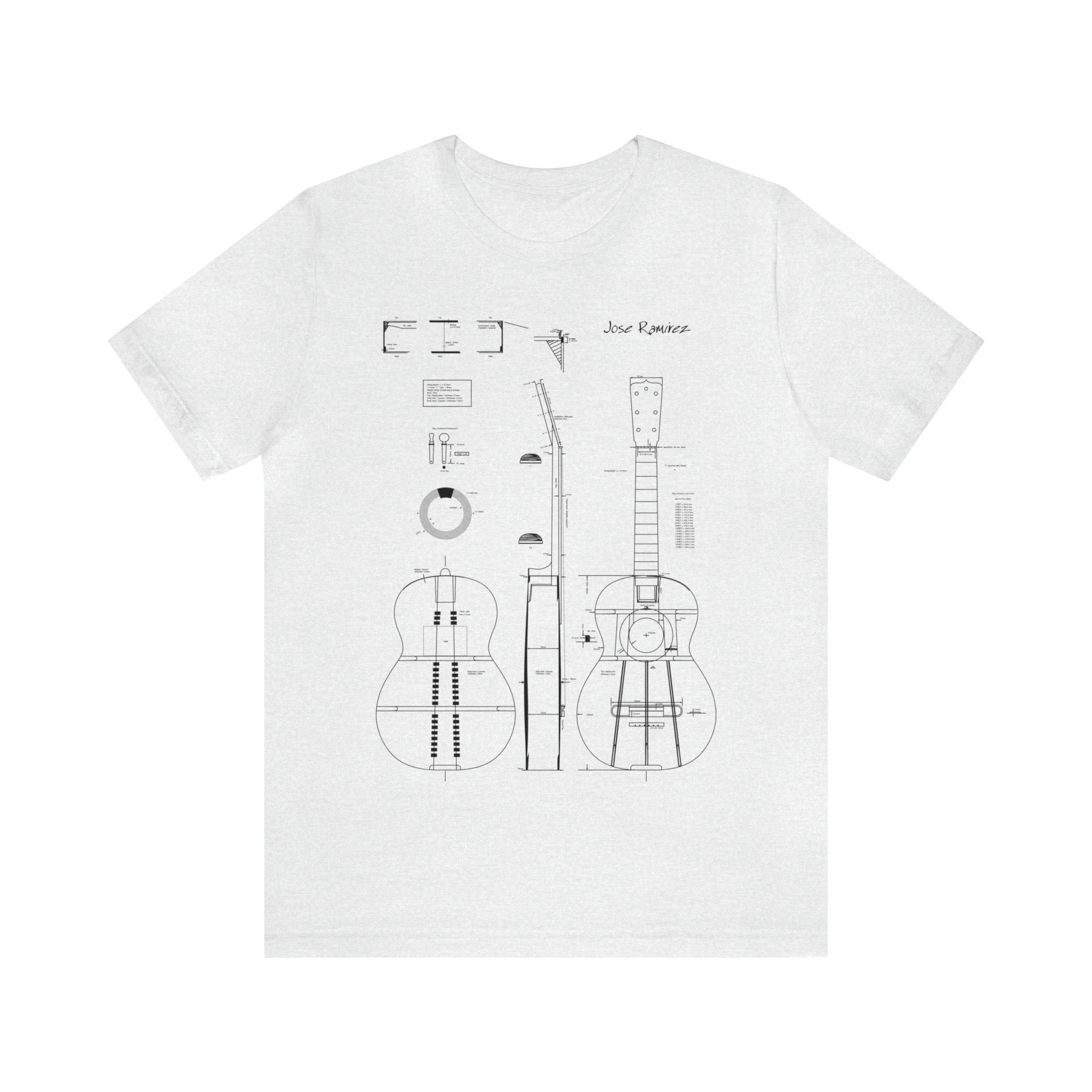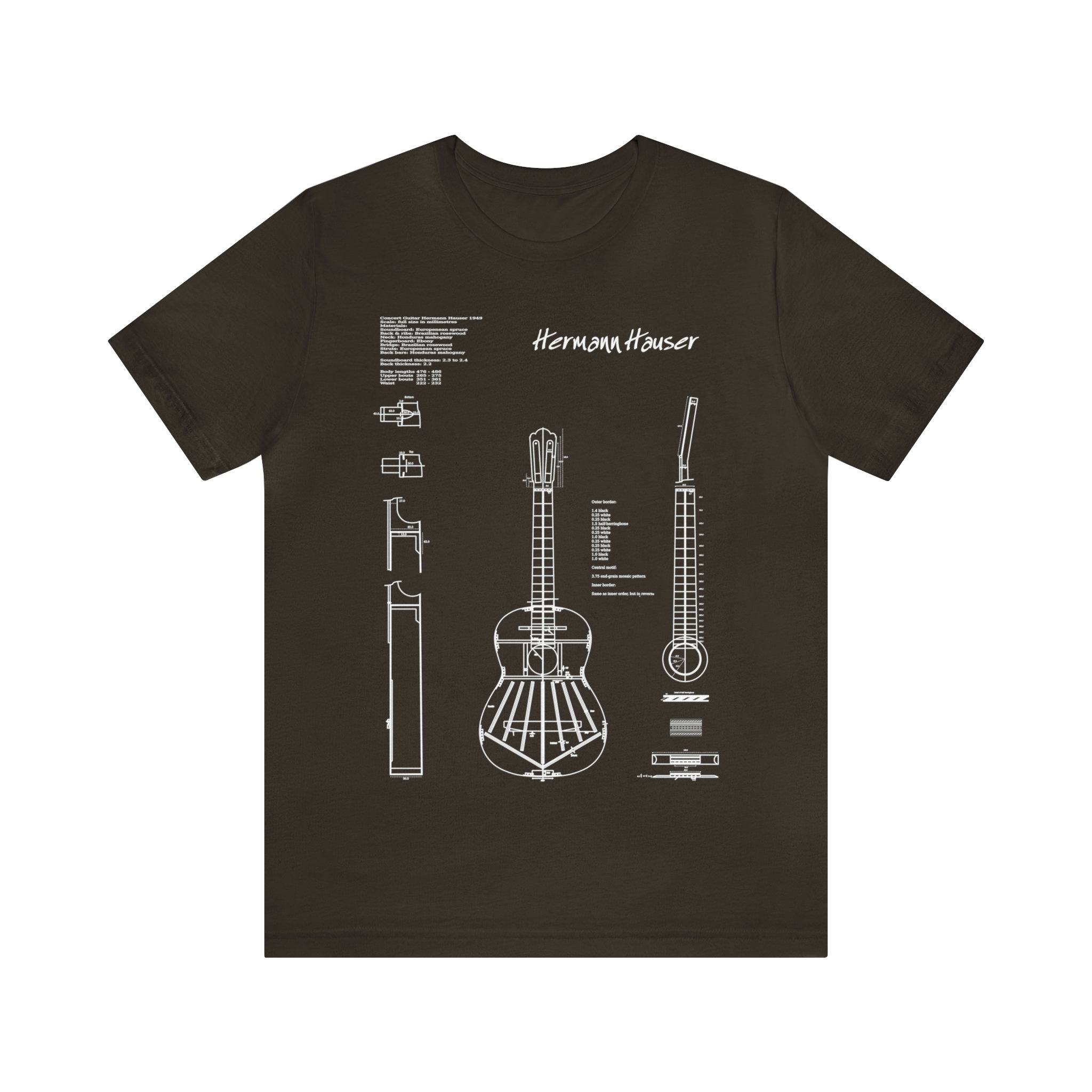What is the importance of proper placement of the left hand in guitar playing? What are some tips for achieving a good left hand position?
Proper left hand placement is crucial for guitarists to avoid technical errors and potential injuries. In fact, a good amount of technical errors made by guitarists with average left hands can be corrected by improving their hand placement. Not only should good placement prevent injuries, but it should also allow for freer and more precise finger movement. While it may take time and patience to achieve perfect left hand placement, striving towards it can save time in resolving certain issues. A perfectly placed hand cannot make mistakes.
Once the hand is parallel to the fretboard, special attention should be given to the wrist. Many guitarists limit their left hand and overall technique by not paying enough attention to their wrist. Playing with a “bent” wrist can hinder finger freedom and make preparation difficult, if not impossible. Similar to the right hand, keeping the wrist flat is crucial not only to avoid errors but also to play guitar for many years to come.
The main concept to keep in mind is parallelism. The hand should remain parallel to the fretboard as much as possible. For those who have not developed this habit, especially those who play with their hand at an angle, it is important to make a conscious effort to turn the hand so that the fingers become perpendicular to the strings. At first, this position may feel uncomfortable and even cause some pain in the arm, but it is simply a matter of muscle stretching and getting used to it. Slow and meticulous work is necessary, but the hand will eventually adapt.
For those who do not play with a parallel hand, there are two possible solutions. One is to work hard to maintain a parallel hand at all times, and the other is to wait for errors resulting from improper placement and correct them as they arise. Achieving perfect left hand placement requires weeks or even months of concentrated effort. It is up to each individual to decide which approach to take. However, aiming for a perfect left hand can ultimately save time and prevent errors in the long run, even in the heat of a performance or competition.
- Proper placement of the left hand in guitar playing is crucial for avoiding mistakes and preventing injury. A good left hand position allows the fingers to move more freely and accurately. The majority of technical mistakes that guitarists make can be corrected with better placement.
- The key concept to keep in mind is parallelism. The hand should stay as parallel to the neck as possible. This may feel unnatural at first, but with practice and stretching of the forearm muscles, it will become easier.
- Attention should also be paid to the wrist, which should be kept flat for basic positioning. Playing with a “broken” wrist can limit the freedom of the fingers and lead to injuries. However, for big stretches, lifting the elbow and wrist can make the stretch easier.
- It’s important to keep in mind that nothing in guitar technique should be too rigid, and some flexibility is necessary. However, bad habits such as touching the base of the thumb on the edge of the neck, or playing with flat fingers, should be avoided.
- To achieve a good left hand position, guitarists can either work hard to keep their hand parallel to the neck at all times, or wait for mistakes induced by faulty placement to correct it. It may take weeks or months of practice to integrate a perfect left hand position, but it will save time and prevent mistakes in the long run.
In conclusion, proper left hand placement is essential for all guitarists, regardless of skill level or playing style. It not only prevents injuries but also allows for freer and more precise finger movement. Striving towards a perfectly placed left hand may take time and patience, but it is ultimately worth the effort in the long run.
Classical Guitar
